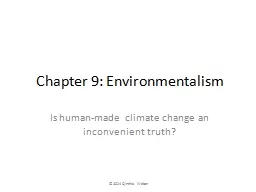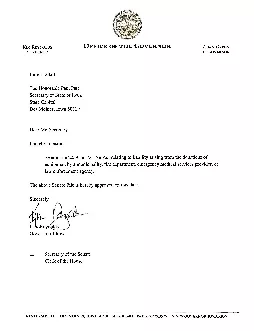PPT-Cynthia Chang 1 , Rebecca Kim
Author : faustina-dinatale | Published Date : 2020-04-03
1 Elizabeth Nightingale 1 Erica Qiao 1 Meerit Said 1 Stefany Sideris 1 Nicholas Vradenburg 1 1 Division of Biological Science University of Washington Bothell
Presentation Embed Code
Download Presentation
Download Presentation The PPT/PDF document " Cynthia Chang 1 , Rebecca Kim" is the property of its rightful owner. Permission is granted to download and print the materials on this website for personal, non-commercial use only, and to display it on your personal computer provided you do not modify the materials and that you retain all copyright notices contained in the materials. By downloading content from our website, you accept the terms of this agreement.
Cynthia Chang 1 , Rebecca Kim: Transcript
Download Rules Of Document
" Cynthia Chang 1 , Rebecca Kim"The content belongs to its owner. You may download and print it for personal use, without modification, and keep all copyright notices. By downloading, you agree to these terms.
Related Documents














